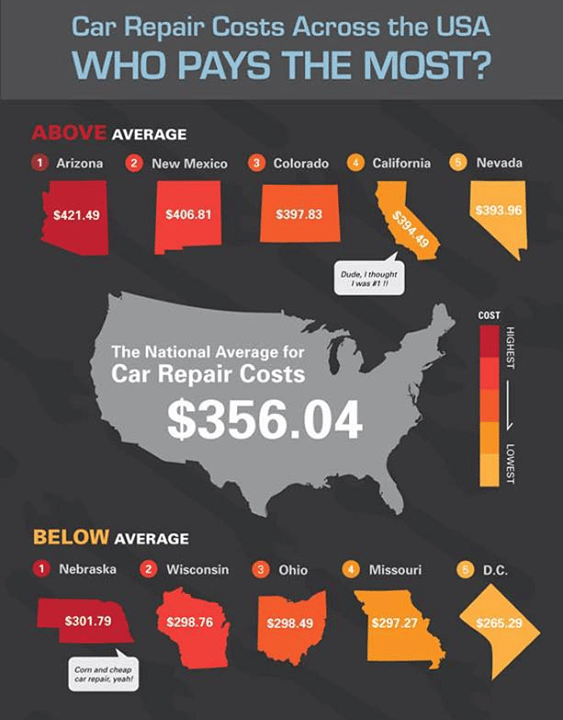Eager To Know What The Control Panel Warning Lights In Your Car Indicate? Discover Their Significances For The Wellness And Safety And Security Of Your Lorry
Eager To Know What The Control Panel Warning Lights In Your Car Indicate? Discover Their Significances For The Wellness And Safety And Security Of Your Lorry
Blog Article
Write-Up Author-Faulkner Winters
When you're behind the wheel, those beautiful caution lights on your control panel can be a bit complicated. Do you recognize what they're attempting to tell you concerning your car's health and wellness? Recognizing https://best-oil-change-near-me39506.creacionblog.com/30161478/ready-on-your-own-to-delve-into-the-globe-of-vehicle-repair-work-where-shocking-insights-await-that-will-certainly-reshape-your-point-of-view-you-ll-be-stunned-by-what-has-escaped-your-notice of these lights is essential for your safety and the durability of your vehicle. So, the next time one of those lights appears, would not you wish to analyze its message precisely and take the needed actions to address it?
Common Caution Lighting and Interpretations
Recognize typical caution lights in your cars and truck and comprehend their significances to make sure secure driving.
The most normal warning lights include the check engine light, which indicates problems with the engine or discharges system. If this light comes on, it's crucial to have your vehicle checked promptly.
The oil pressure cautioning light shows reduced oil stress, needing prompt attention to avoid engine damage.
A flashing battery light may suggest a malfunctioning charging system, possibly leaving you stranded if not dealt with.
The tire stress monitoring system (TPMS) light informs you to low tire pressure, affecting vehicle stability and gas efficiency. Disregarding this can lead to hazardous driving conditions.
The ABS light indicates an issue with the anti-lock stopping system, jeopardizing your ability to quit quickly in emergencies.
Finally, the coolant temperature level warning light warns of engine getting too hot, which can lead to extreme damages if not resolved promptly.
Comprehending these typical warning lights will aid you deal with concerns promptly and maintain risk-free driving conditions.
Relevance of Prompt Focus
Recognizing the usual warning lights in your automobile is just the initial step; the value of quickly resolving these cautions can't be emphasized enough to ensure your safety and security when driving.
When a warning light brightens on your dashboard, it's your vehicle's way of interacting a prospective concern that needs attention. Neglecting hand wash car wash can bring about more extreme issues down the road, endangering your safety and security and potentially costing you more out of commission.
Motivate attention to cautioning lights can avoid failures and mishaps. As an example, a blinking check engine light might show a misfire that, if left neglected, can trigger damage to the catalytic converter. Addressing this quickly can save you from a costly repair work.
Similarly, a brake system cautioning light may signal reduced brake liquid or worn brake pads, important components for your security when driving.
DIY Troubleshooting Tips
If you notice a warning light on your dashboard, there are a few DIY fixing suggestions you can try prior to seeking specialist assistance.
The initial step is to consult your auto's manual to understand what the particular warning light suggests. Often the issue can be as easy as a loose gas cap causing the check engine light. Tightening up the gas cap might settle the problem.
Another typical issue is a reduced battery, which can activate numerous alerting lights. Examining the battery connections for rust and guaranteeing they're safe and secure could deal with the problem.
If a warning light continues, you can try resetting it by separating the auto's battery for a few mins and after that reconnecting it. Additionally, examining your vehicle's fluid levels, such as oil, coolant, and brake liquid, can aid repair cautioning lights related to these systems.
Verdict
To conclude, comprehending your cars and truck's caution lights is vital for keeping your automobile running smoothly and securely. By quickly resolving these alerts and knowing what they suggest, you can stay clear of costly repair work and potential breakdowns.
Bear in mind to consult your auto's handbook for specific information on each alerting light and take action appropriately to ensure a hassle-free driving experience.
Remain educated, stay risk-free when driving!
